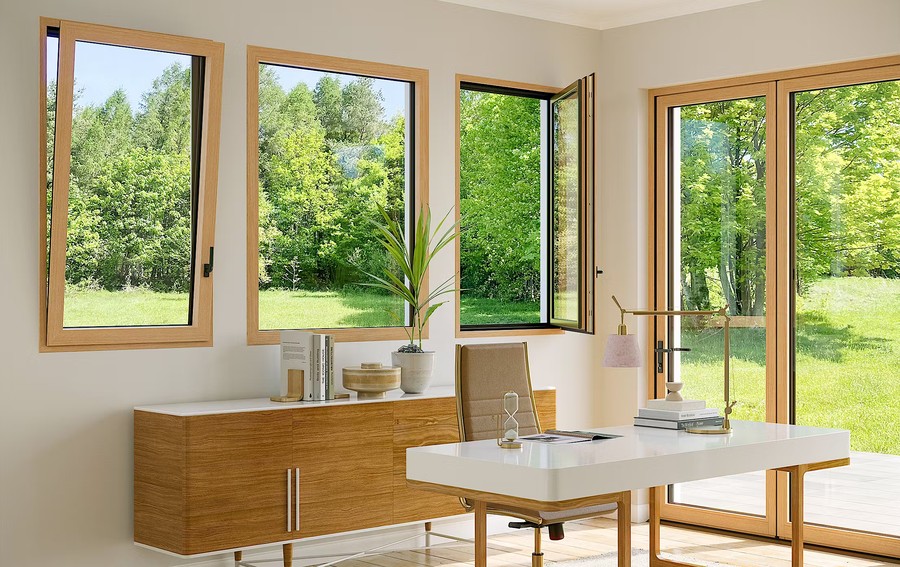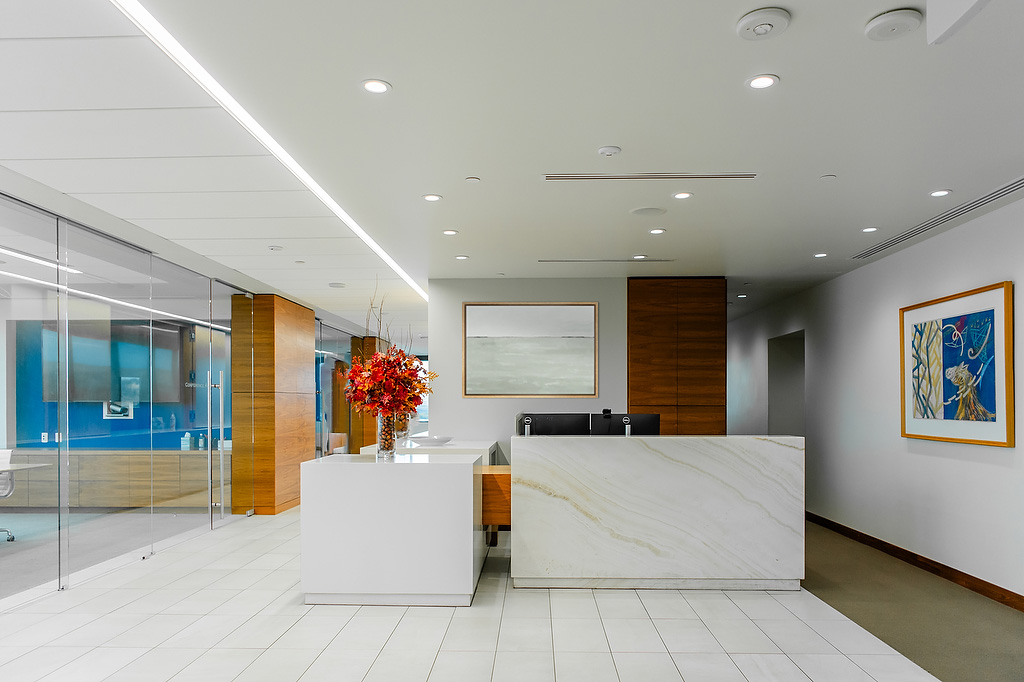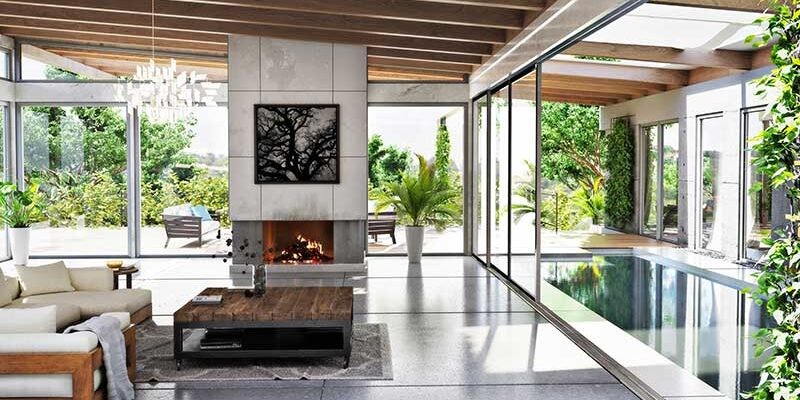Today’s congested metropolitan environs and dynamic workplace design make space the ultimate luxury. Each square foot matters. Traditional architectural components like the hinged door are being criticized for wasting real space with their mechanical purpose. Modern sliding glass doors provide a stylish and practical solution to space restrictions. They are more than passageways—they affect how we see and interact with our surroundings, seamlessly merging practicality with a clean, minimalist style that suits today’s design sensibilities.
Freeing Floor Space by Eliminating Swing
Eliminating the “swing arc.” is the most immediate advantage of having a sliding glass door. Think about it. A standard door needs a dead zone of nine or ten square feet to swing open. That determines traffic flow in a tiny corridor and if a bedside table fits in a small bedroom. Modern sliding doors glide along a wall or into a pocket on a parallel track, leaving no area footprint. This little mechanical difference revolutionizes. It opens up large parts of your floor plan, allowing for more flexible furniture combinations, unfettered mobility, and a sensation of uncluttered freedom formerly surrendered to a wooden panel.
Dynamic, light-filled interiors with flexible partitions
Modern living requires adaptability, so our places should too. Open-plan living is popular for its community and space, yet it lacks seclusion and specified zones. Permanent walls seem definite and limit light. The ideal barrier, sliding glass doors may be opened and closed as needed. Imagine a spacious living space that can suddenly be partitioned into a quiet home office or a kitchen that can be closed off from the dining room during messy dinner prep. Conference rooms may be partitioned for breakouts. Frosted, reeded, or opaque glass gives visual isolation and acoustic dampening while letting sunshine in, making split areas never seem gloomy or claustrophobic. They build rooms inside rooms.
Illusion of Grandeur Through Transparency
Spatial perception is visual and psychological. These doors’ “glass” is as vital as its “sliding” function, especially in tiny houses or businesses where openness is key. An continuous sightline from a transparent glass slider gives the impression of a much bigger space than it is. This impact is strongest when doors link an inner room to a balcony, patio, or garden. The smooth transition blends inside and out, using external landscape to visually expand the area and fill it with natural light. This connection to nature and the uninterrupted view creates a sense of space and well-being that concrete, opaque boundaries cannot.
The Ultimate Form-Function Synthesis
Modern sliding glass doors combine smart design, aesthetic appeal, and space-saving efficiency. They meet modern living demands by replacing bulky, inefficient doors with sleek, quiet, and space-efficient ones. They maximise space by removing the swing arc, offering flexible partitioning, and improving visual connectedness via transparency. For urban apartment dwellers with restricted layouts or office managers looking to create a flexible and collaborative environment, the option is apparent. Sliding glass doors are the perfect option, proving you don’t need more space to live bigger.





